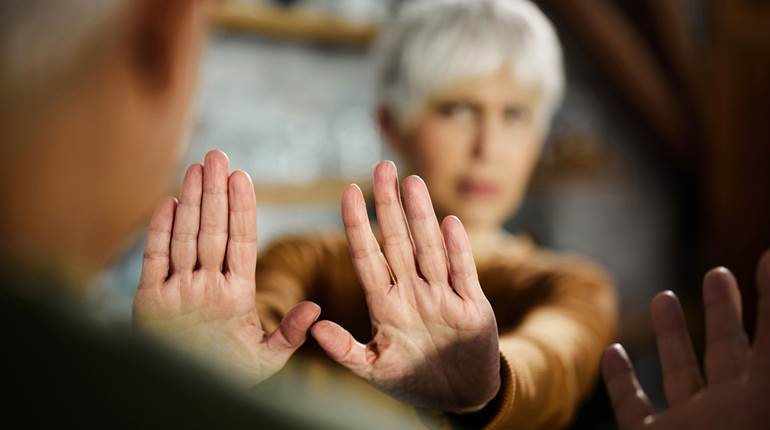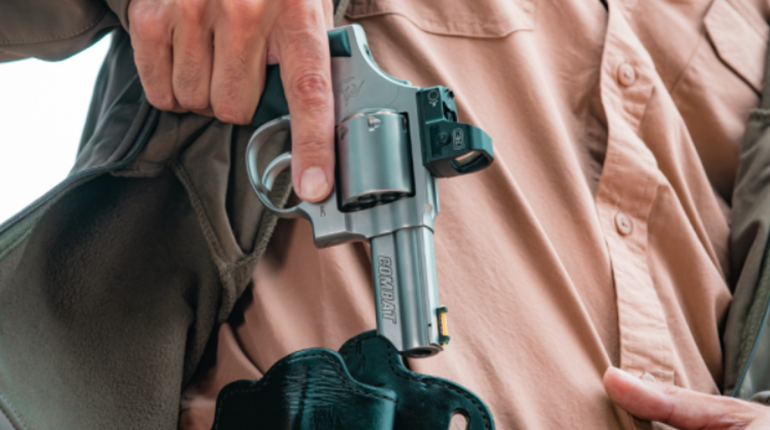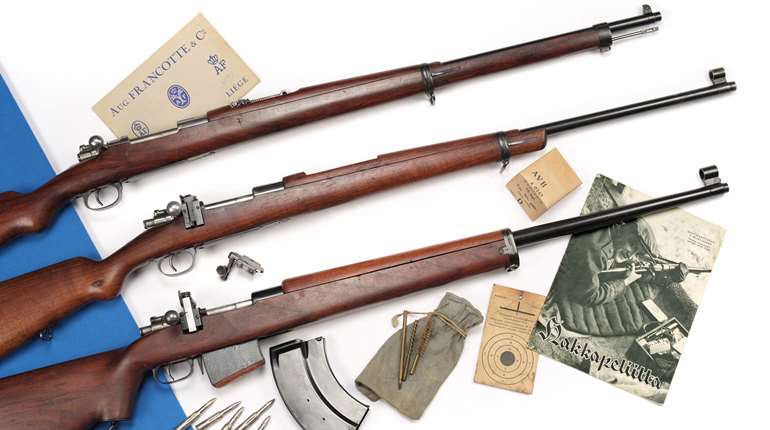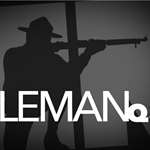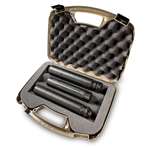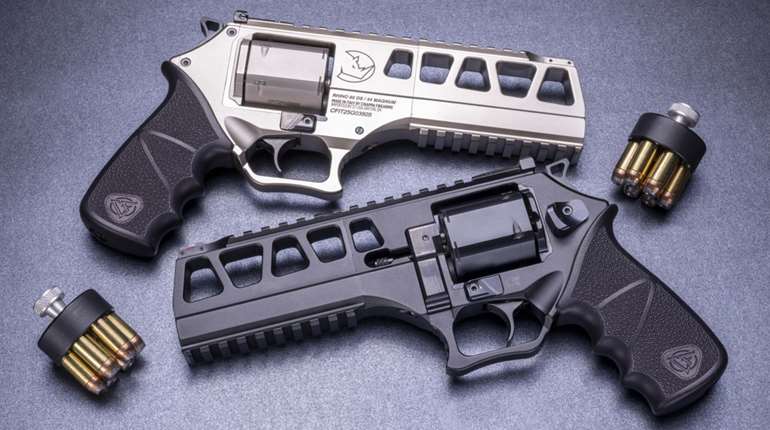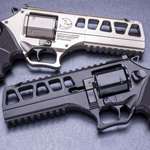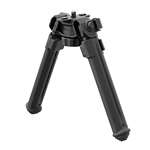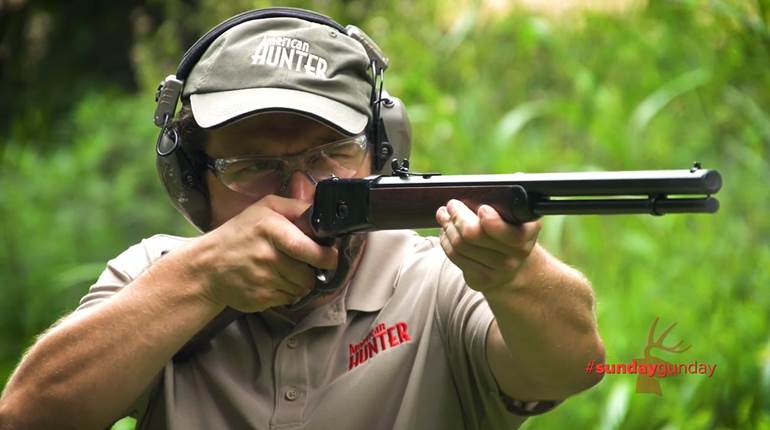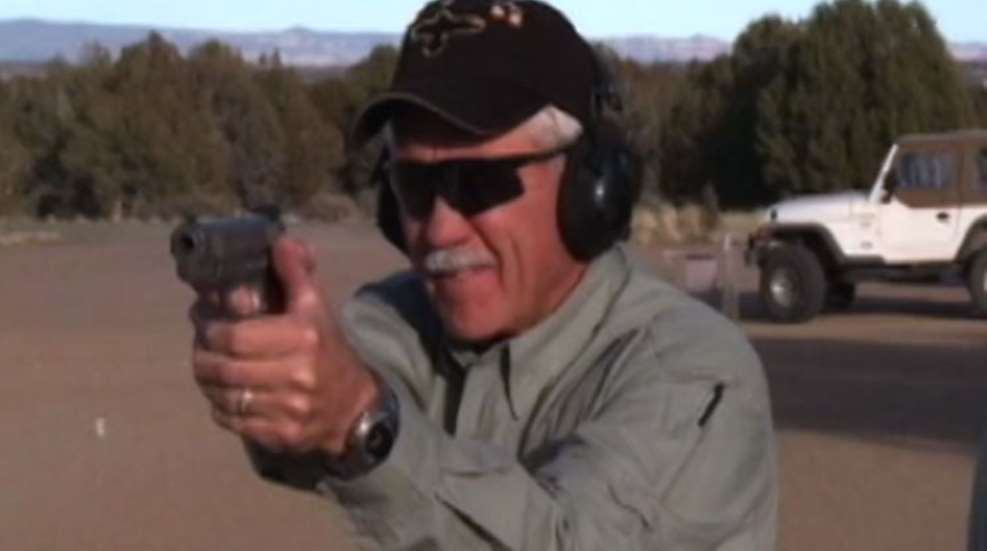
During the time that he was developing the Modern Technique of the Pistol, Col. Jeff Cooper incorporated the “Double Tap” into his defensive program. The Double Tap, though it may not have been called that, was a much older technique that had possibly been taught by Captain William Fairbairn in the early days of the 20th century.
The Double Tap is a defensive technique whereby the shooter fires two quick pistol shots at the vital zone of his attacker. Firing two shots has been shown to greatly increase the possibility of quickly stopping the threat. The shooter fires his two shots, recovers his sight picture, evaluates the threat, and is immediately ready to fire additional shots if that is necessary.
However, toward the end of his career Col. Cooper realized that the term was misleading. The name implied that a single defensive technique was being taught when, in actuality, there were really two methods of delivering that pair of shots. To be clear, the term Double Tap was phased out and in its place were the terms “Hammer” and “Controlled Pair.”
The Hammer is a pair of shots fired to the vital zone using one sight picture. The shooter sees his front sight relative to the vital zone and presses the trigger twice. This method is the fastest in delivering the pair of shots but, as one might imagine, is not the most precise. It is best used at very close range when speed is most critical in ending the attack. And a firm, isometric grip on the pistol is critical in keep recoil to a minimum.
In practice, the defensive shooter learns what his effective range is when deploying the Hammer in order to keep both shots in the vital zone of the target. By working to improve his isometric grip and learning to ride the trigger through trigger reset, the shooter is able to increase the distance at which the Hammer will be effective.
The Controlled Pair is very similar to the Hammer except that the shooter takes the time to re-acquire his sight picture between shots. For this reason, the Controlled Pair is a more accurate technique and can be used at increased distances. However, it is almost as fast as the Hammer when the shooter uses an isometric grip and practices quick acquisition of the front sight.
Firing a pair of shots at an attacker was never meant to be an iron-clad guarantee to stop the fight. It only increases the chances of stopping the fight. Regardless of the particular technique used, the defensive shooter should follow through by quickly getting the sights back on target and evaluating the situation. He should be prepared to fire additional shots, should that be necessary. And it may be necessary for a number of reasons because the attacker may be wearing body armor, he might be high on drugs, or the shots just may not have gone where the shooter intended. At this point it really doesn't matter why the attacker is still fighting; the fact is that he is still an immediate danger and further effort must be made to stop him.
Experienced defensive shooters have always known and understood the two methods of delivering a pair of defensive shots even though it has been called the Double Tap. However, when we teach, phrases are only of value when they accurately reflect what we are trying to get across. Even if we are not teachers, we find that new shooters are continually listening to us to learn and understand. Therefore, it pays to use terms that accurately reflect what we mean. For this reason, Double Tap has been phased out of the Modern Technique of the Pistol, and Hammer and Controlled Pair have taken its place.














